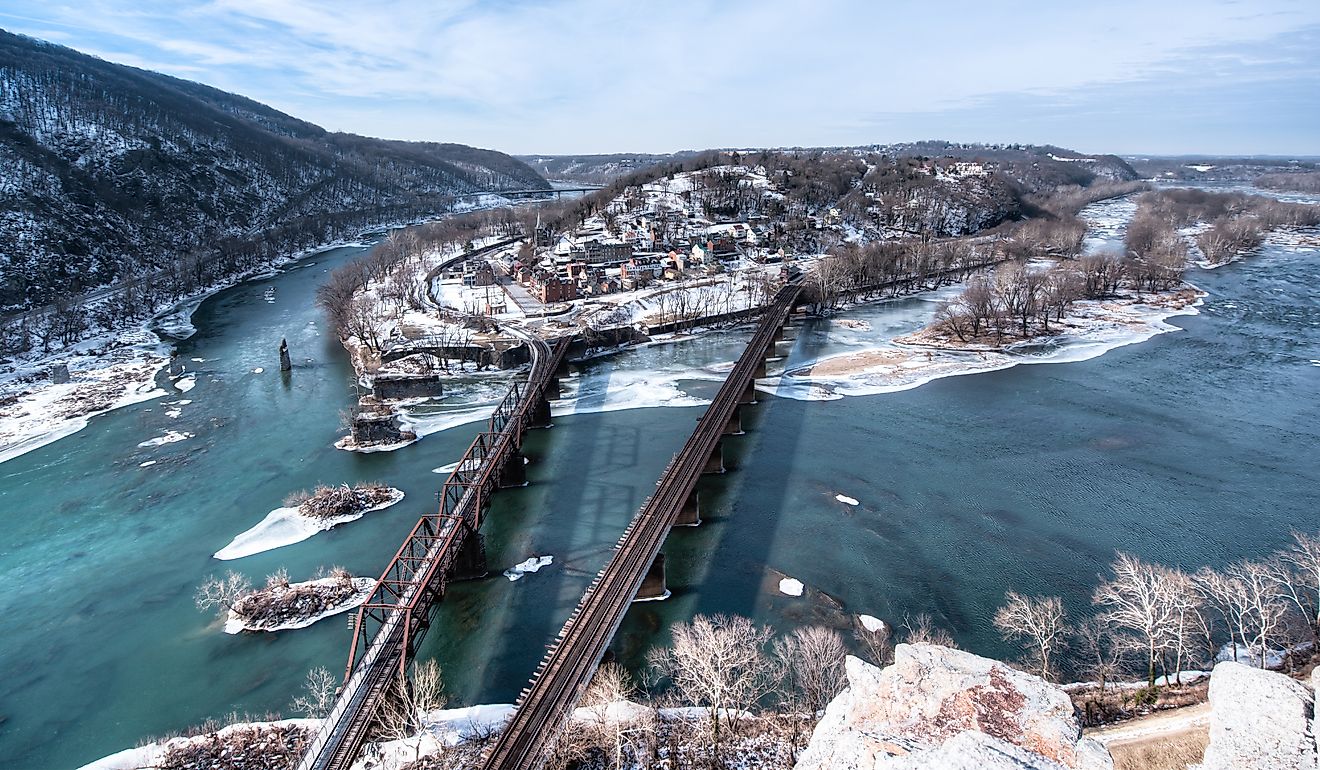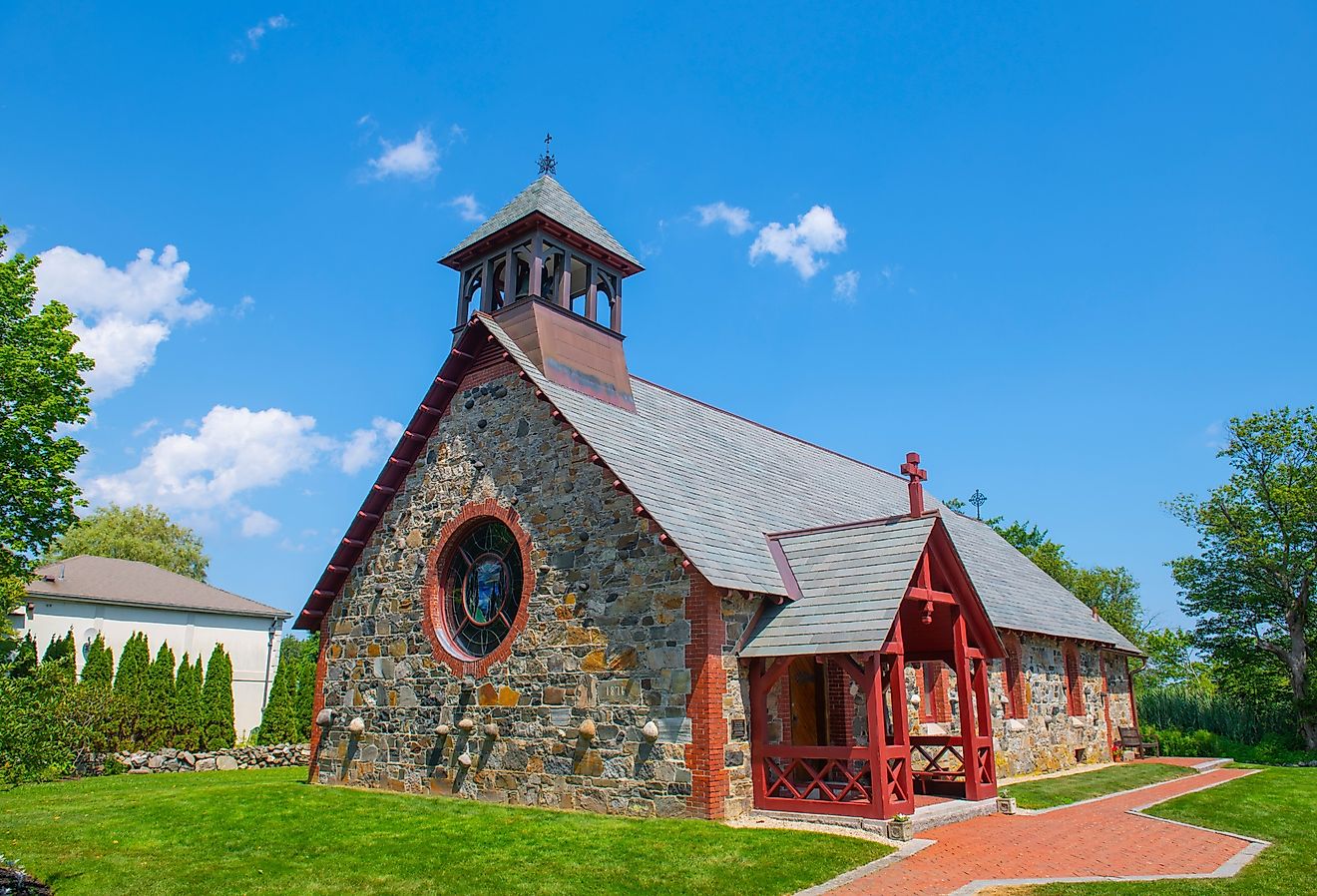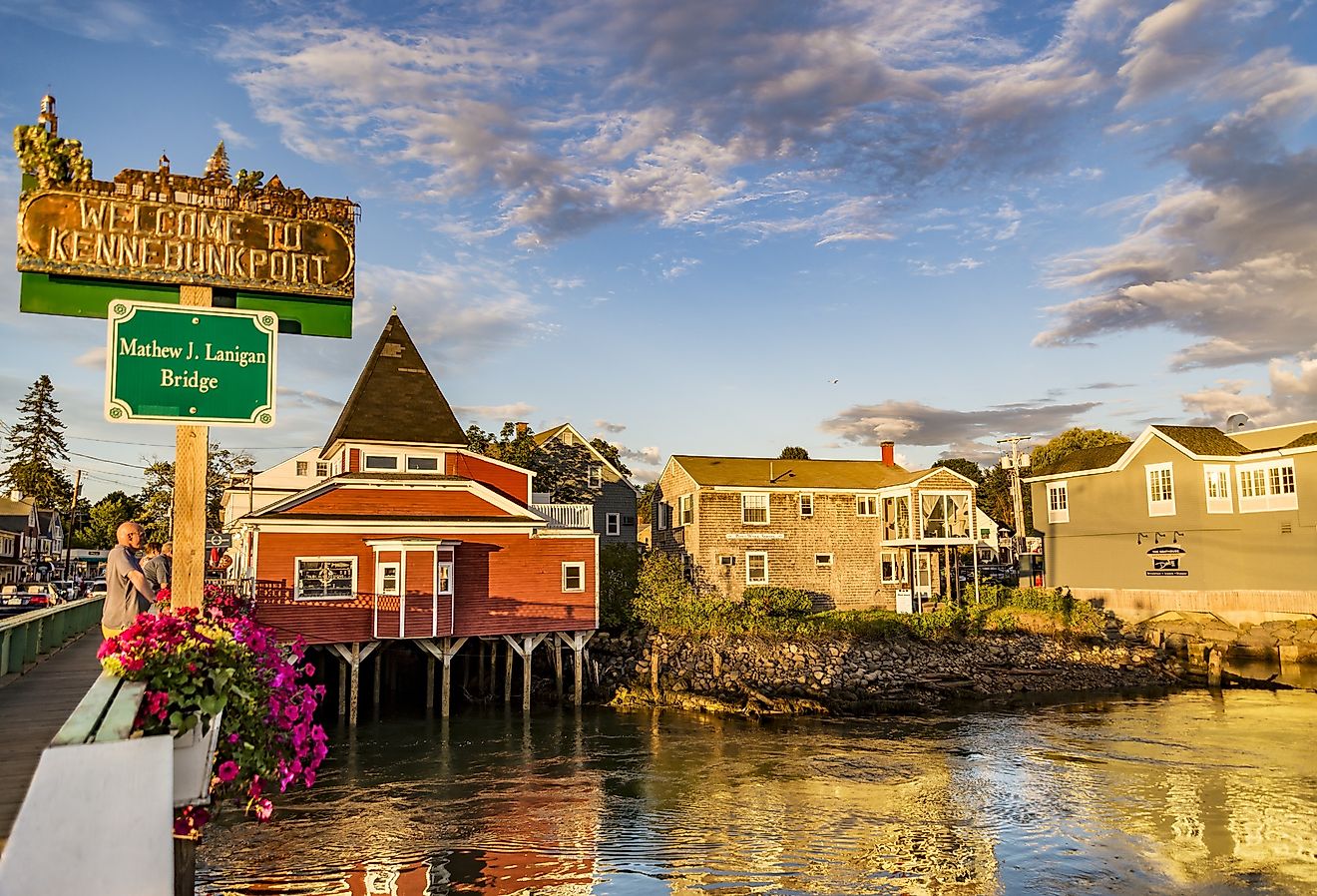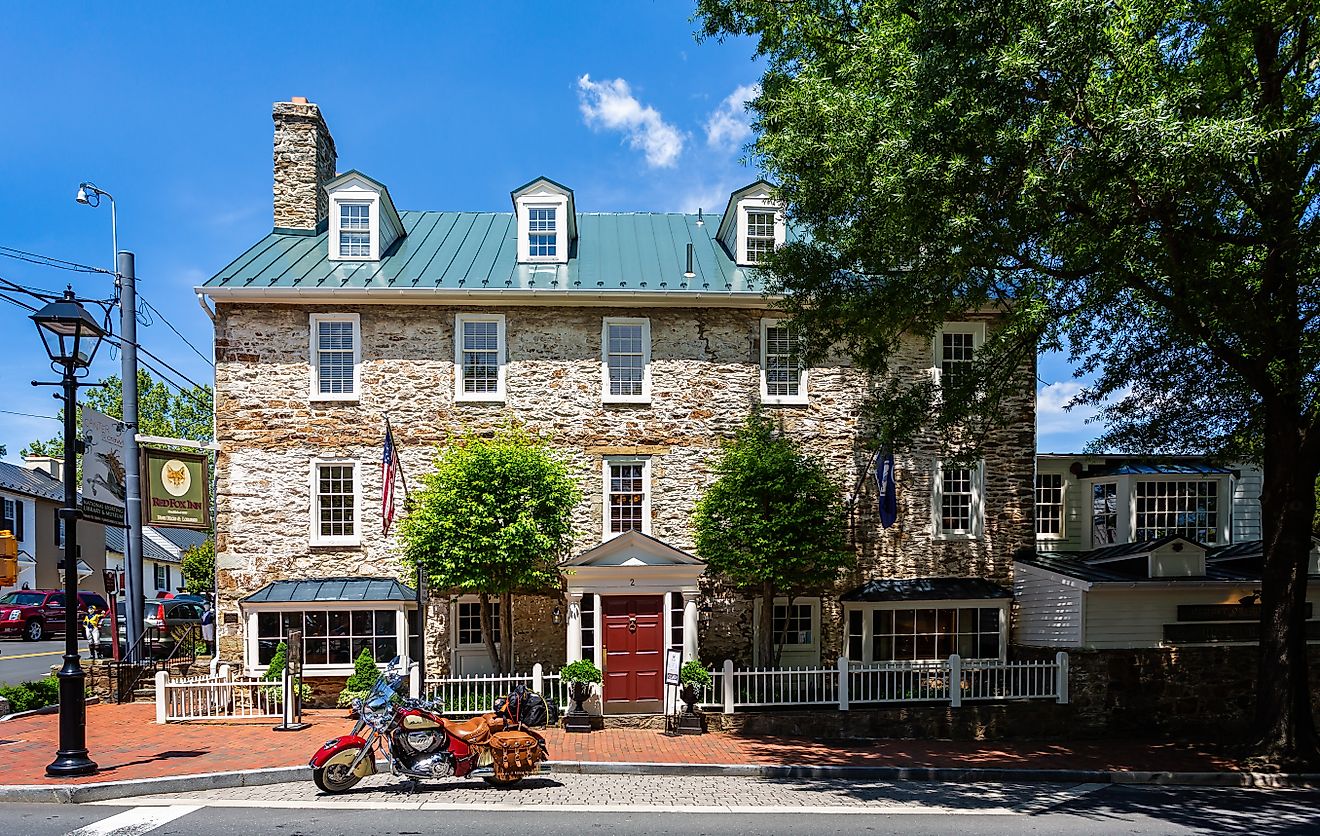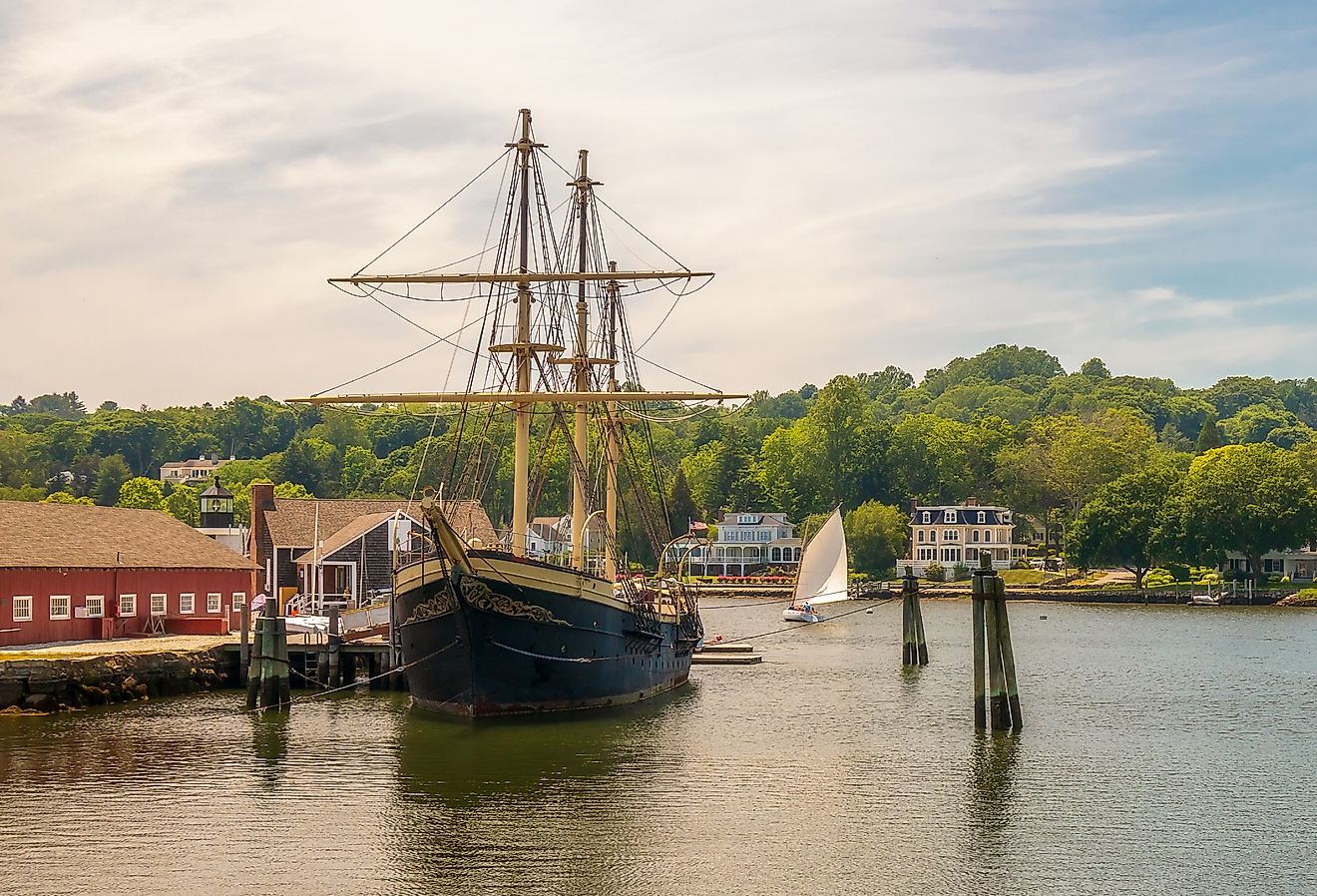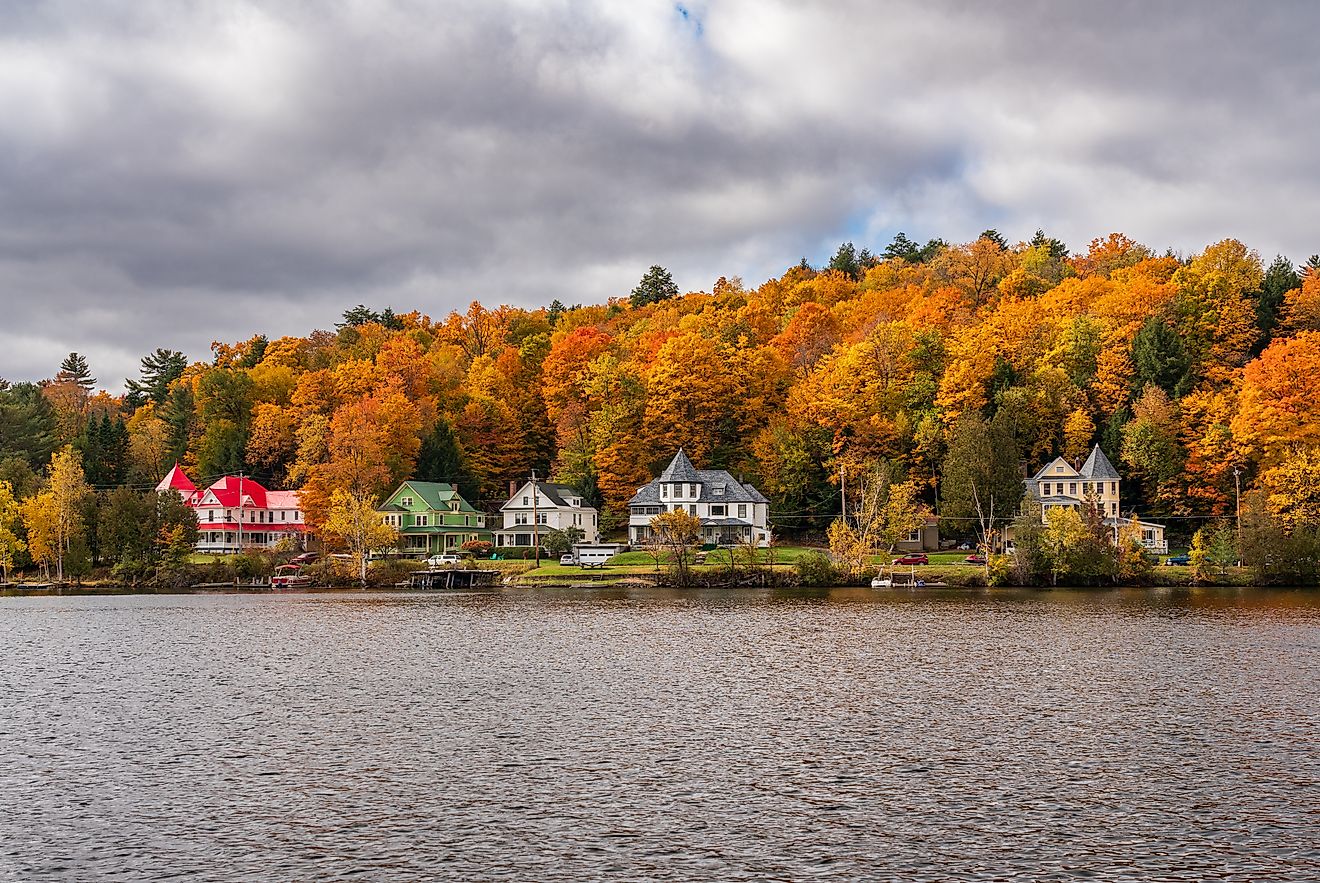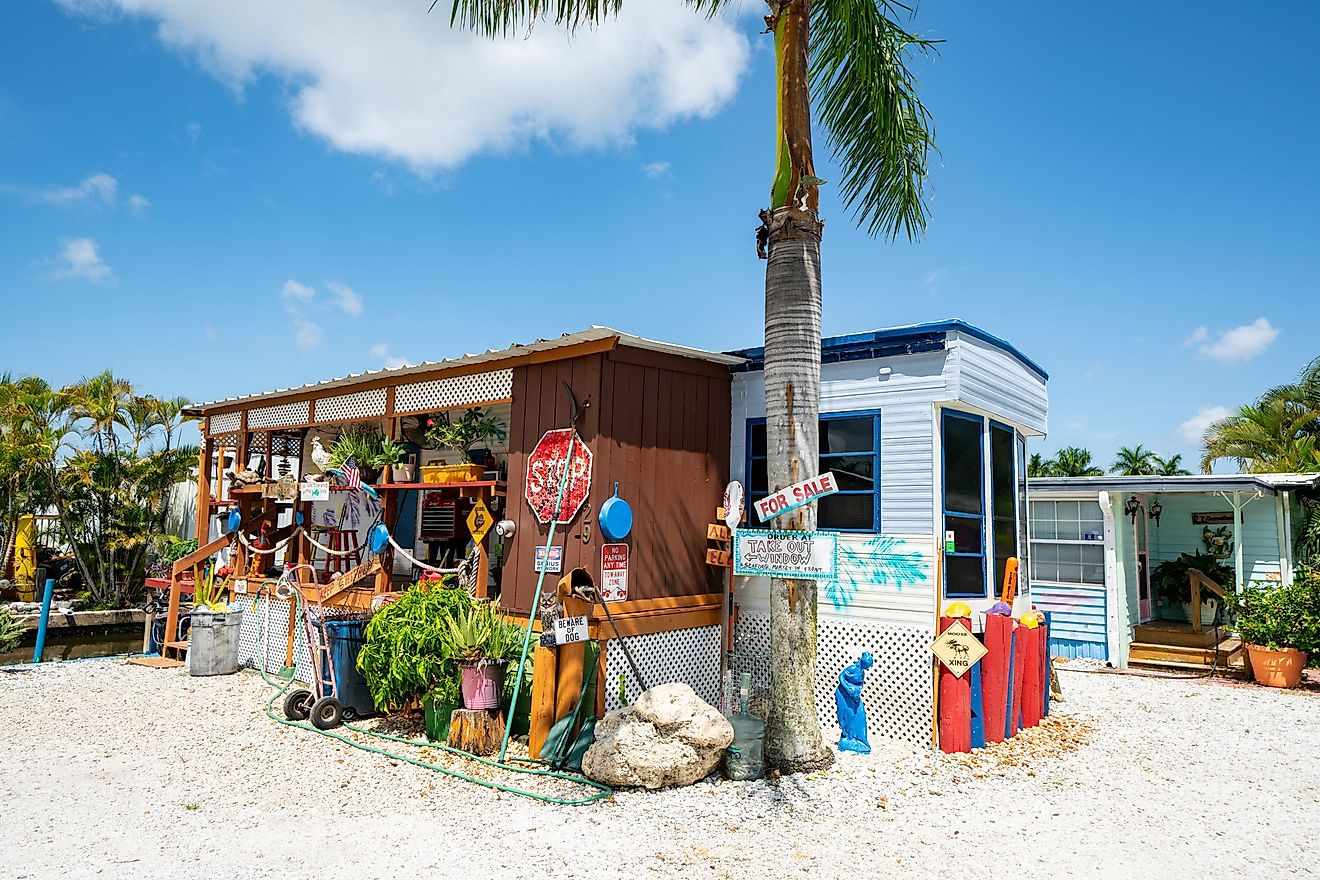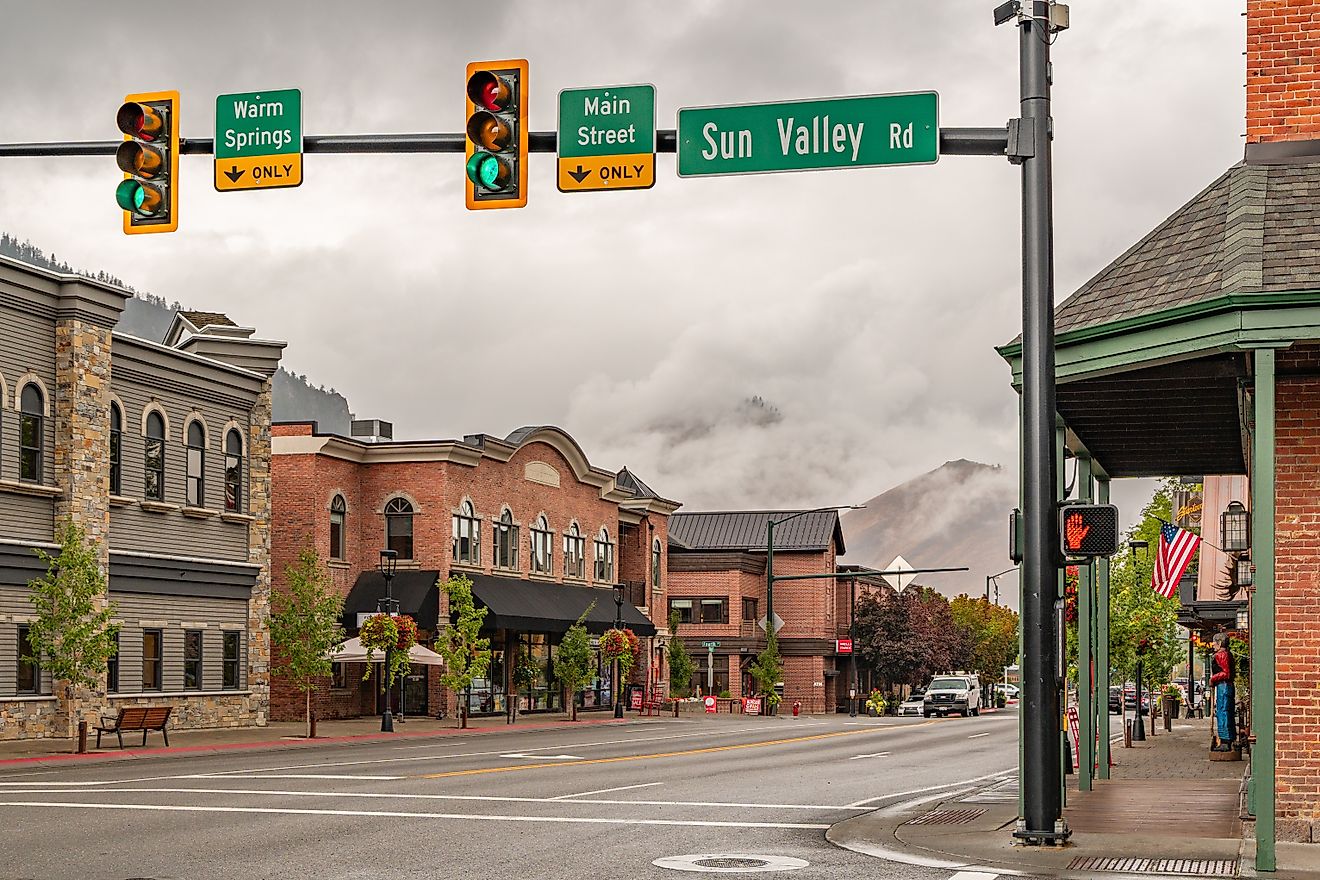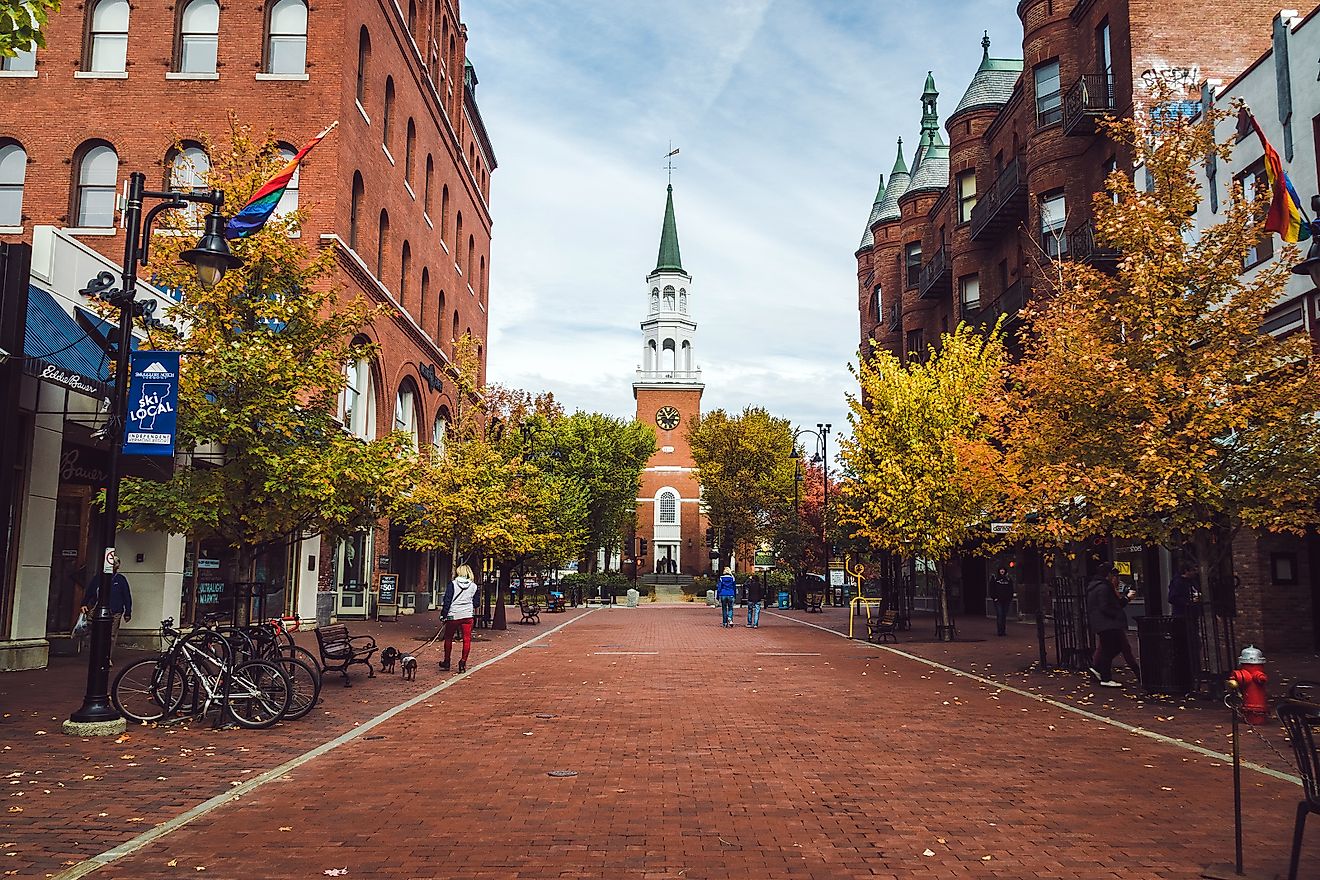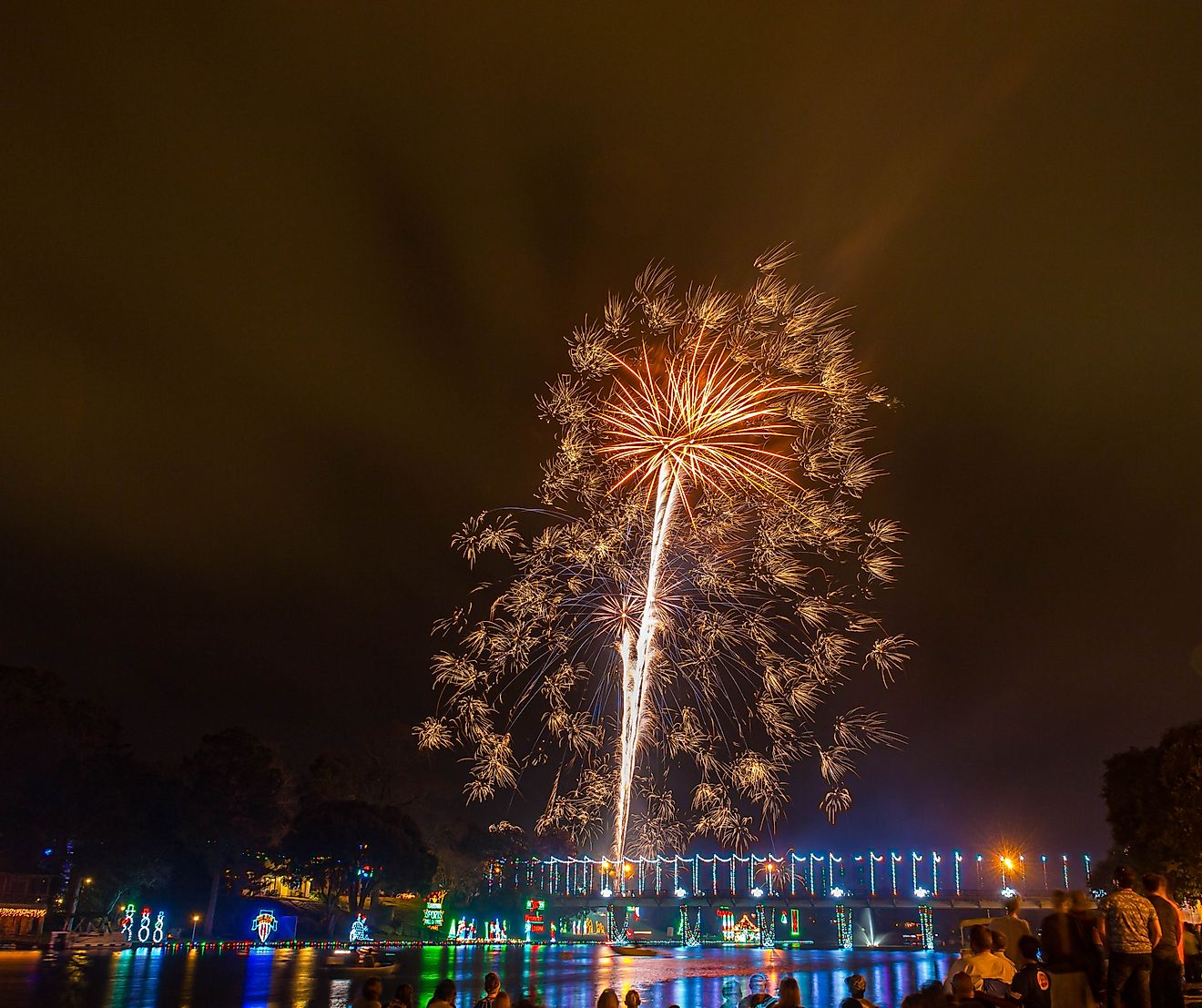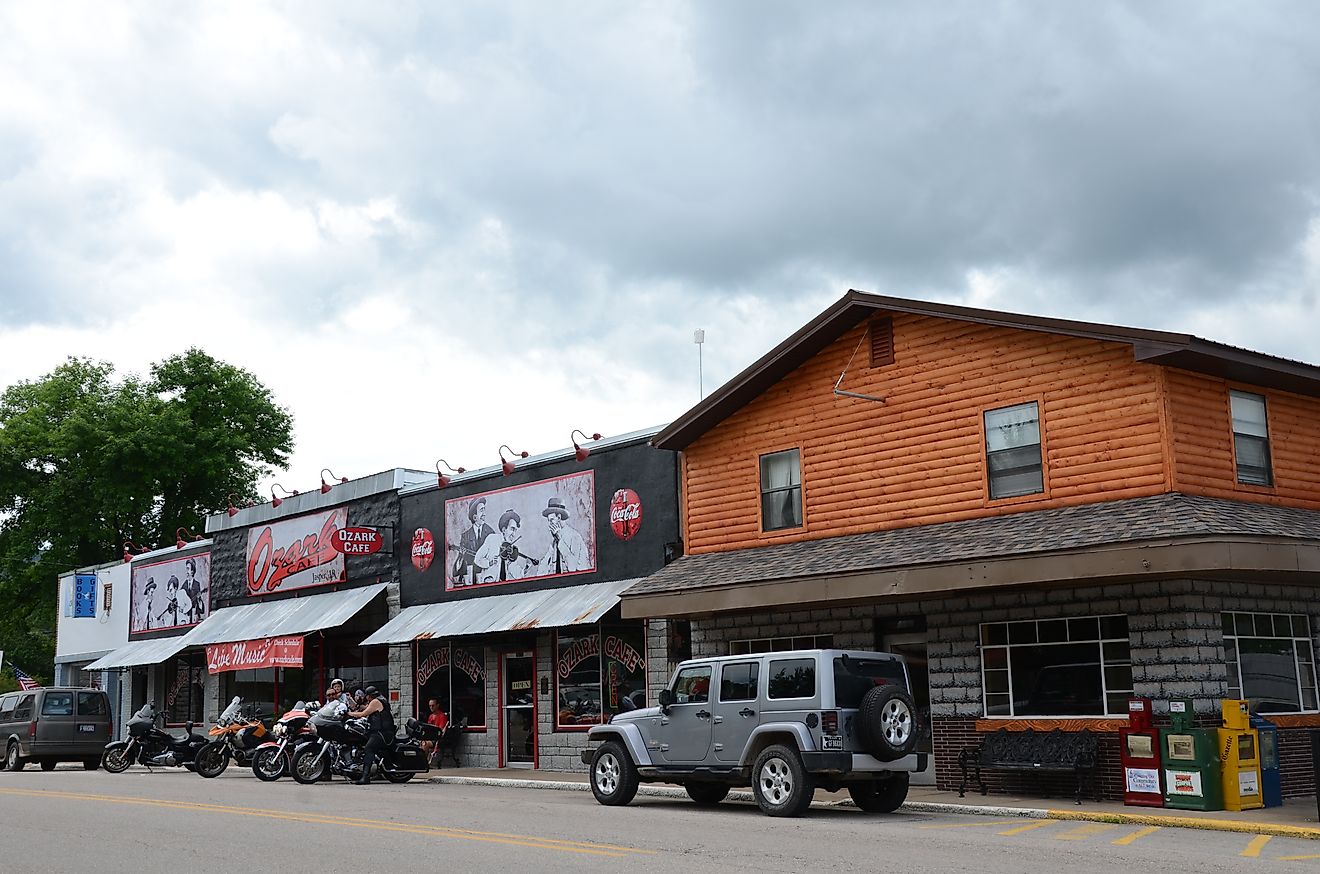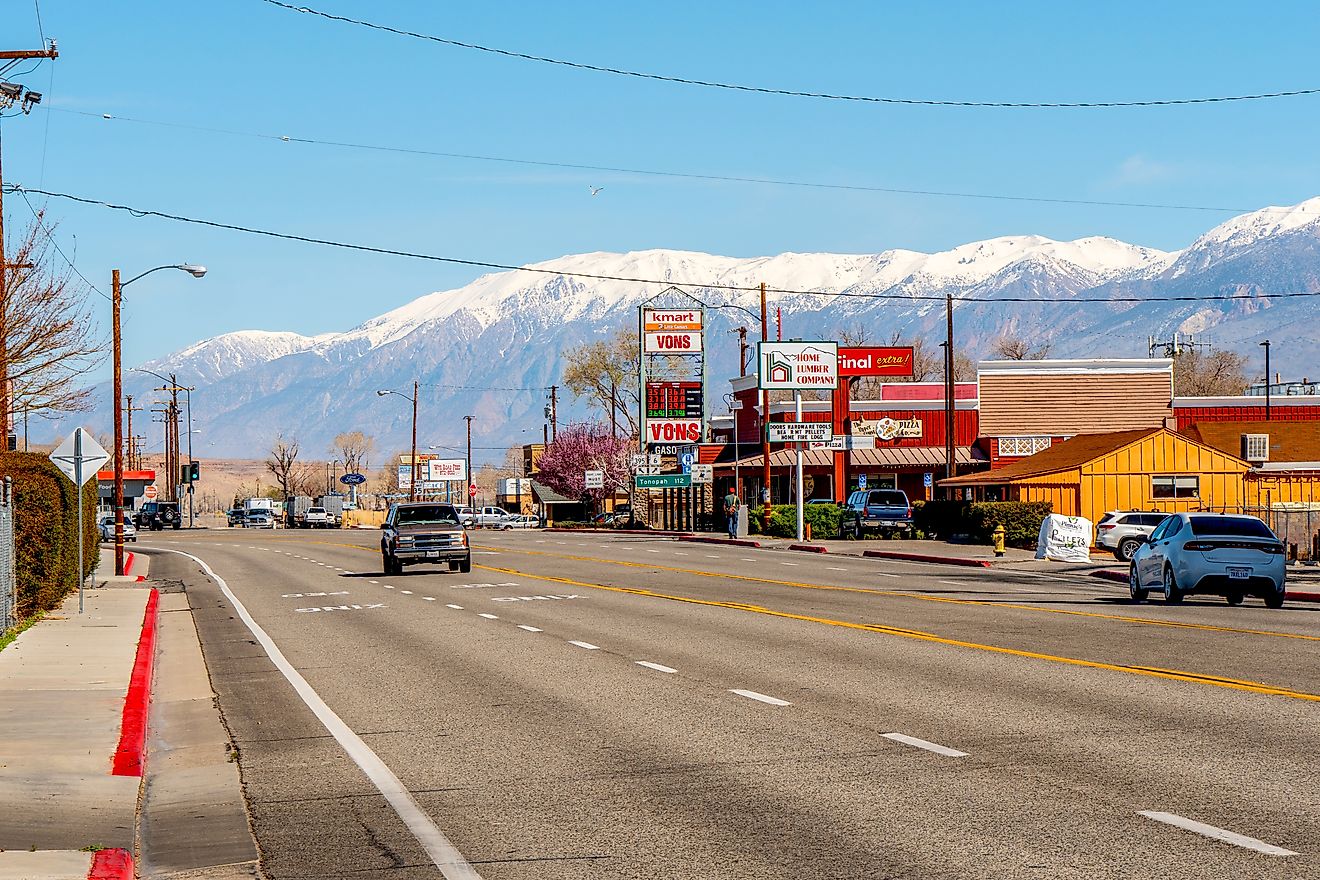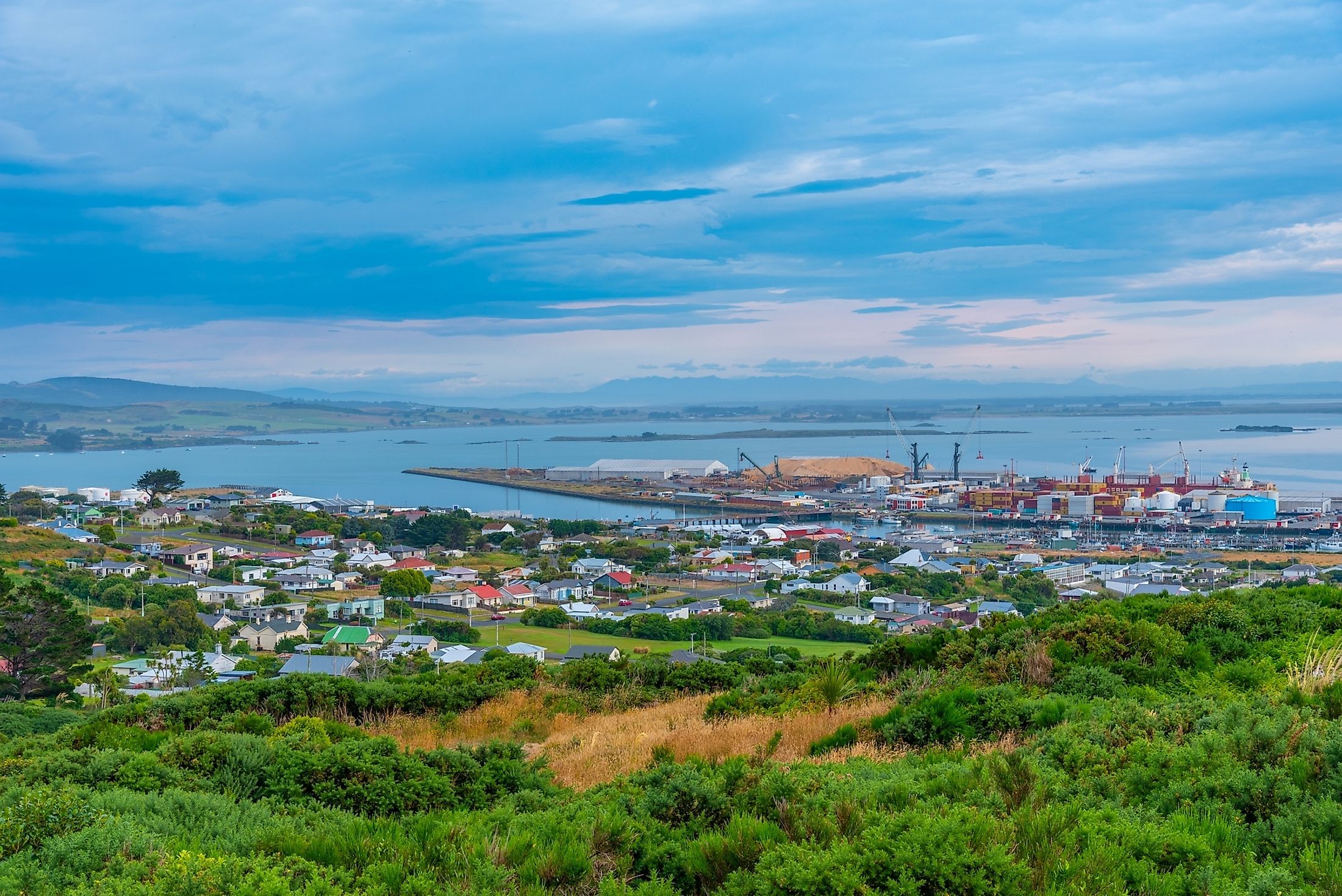
Bluff, New Zealand
Colloquially known as “The Bluff,” Bluff is a seaport town on the southern coast of South Island in New Zealand; previously named Campbelltown, this habitation is the southernmost town in New Zealand and one of the earliest locations of European settlement in the country.
Climate And Geography Of Bluff
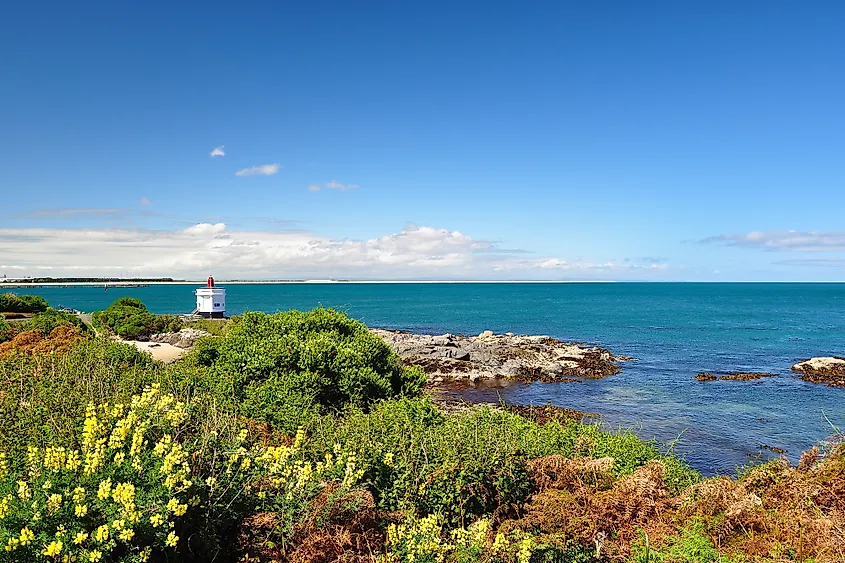
Summers are cool, and winters are cold in Bluff, meaning that year-round visitors should be prepared to dress appropriately. Wet, windy, and partly cloudy throughout the year, the temperatures vary from 4 C (39 F) to 17 C (62 F). The “hottest” month of the year is January, with highs of 17 C (62 F), while July is typically the coldest with lows of 4 C (39 F) and highs of 9 C (48 F).Located some 30 km from the city of Invercargill, the Main South Railway Line also serves the area and was one of New Zealand’s earliest train routes, built in 1867. Situated at the end of the peninsula that makes up the western side of Awarua Bay and Bluff Harbor, the port is located in the narrow entrance channel. It covers an area of 3.90 square miles, and today 1,797 residents call Bluff their permanent home. The ethnic makeup of Bluff’s residents is roughly 78% European descent and 23% Māori, with small groups of Asian and other Pacific island peoples.
The town is dominated by Bluff Hill, a prominent 265 m (870 f) tall landmass that gives the settlement its name; the hill provides shelter from strong westerly winds while enclosing the town in a bubble of cool air. The hill was known by early whalers and fishermen as Old Man’s Bluff before being shortened to simply “The Bluff.”
History Of Bluff
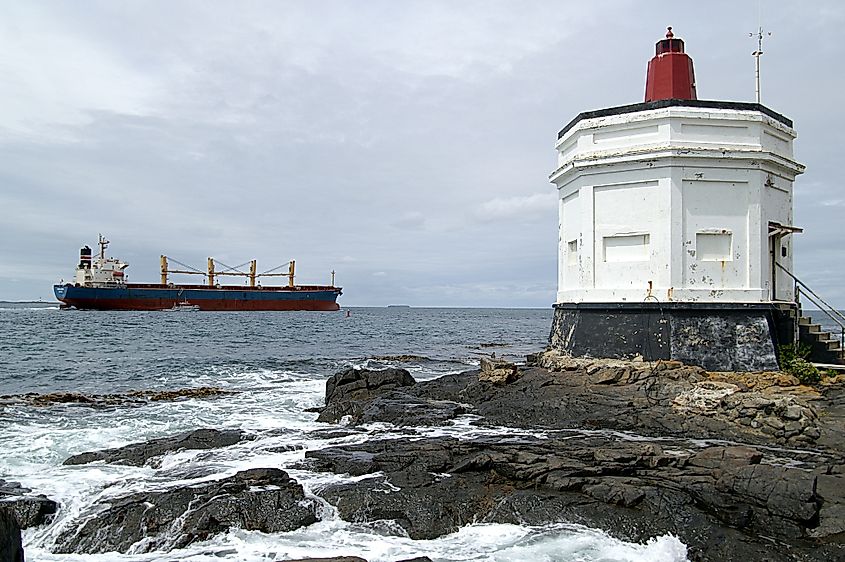
The first European ship recorded as entering the now harbor of Bluff was the British trade vessel Perseverance in 1813. Within the decade, permanent habitation began, and the first non-Indigenous residents of the area settled in 1823. Though it remained a largely pit stop type of location in the ensuing years, its population grew modestly enough for it to attain the status of a borough in 1878.
Though named Campbelltown in 1856, it was affectionately known by locals as “The Bluff” in reference to a prominent conical hill nestled beside the town which dominates its landscape. In 1917, the name was officially changed to Bluff.
Attractions In Bluff
Other than the prominent hill, tourists and other visitors can expect to find a charming community and other activities in Bluff. Maritime history is naturally an important component of Bluff’s story as a port town, and the Bluff Maritime Museum celebrates it all. It contains a large collection of artifacts, models, boats, displays, and a full-sized replica of a typical oystering boat. Built in 1992, the museum also honors the blending of traditional indigenous Māori cultures with those of the European settlers. Bluff Harbour is the main gateway for ships on their way to Antarctica and is the terminus for the catamaran ferry to Stewart Island.
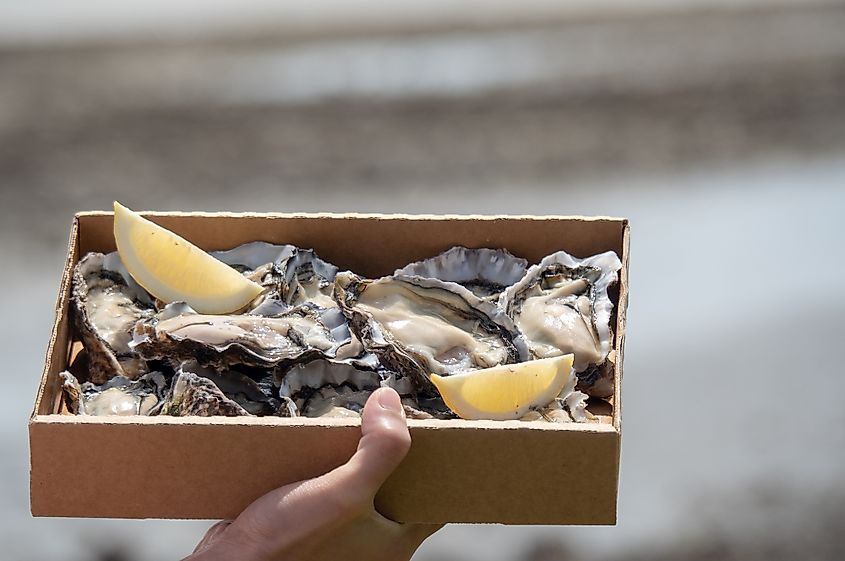
Home to the Foveaux Strait oyster fleet, Bluff Harbour’s oysters are well known for their tasty flavor and juiciness, renowned across New Zealand. An annual Bluff Oyster Festival has attracted global visitors, but its last two installments have been canceled due to the COVID 19 pandemic.
Across the entry for Bluff Harbor is Tiwai Point, the home of New Zealand’s only aluminum smelter; powered by the Manapouri Power Station 160 km to the southeast, the smelter exports nearly 90% of its aluminum products, mainly to Japan.
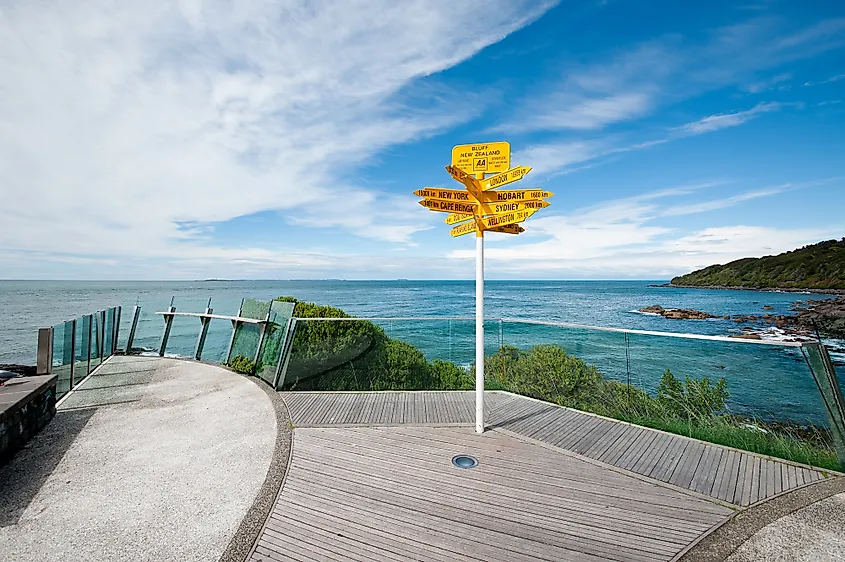
But of course, the main tourist spot that any visitor will surely want to see and photograph is Stirling Point. Located on State Highway 1, the so-called “town’s biggest tourist attraction” is a large signpost showing the direction and distance to major cities and locations around the globe.Named for a local Captain Stirling who operated a whaling station in Bluff, the signpost was first erected in 1960. Because Bluff is an administrative part of Invercargill City, the signpost also includes sister cities of Invercargill (Kumigaya, Japan, and Sugian, China). Reportedly the most photographed item in Southland, the Stirling Point signpost has evolved from a humble wooden fixture with six destinations to a modern metal post with more than twelve international locations cemented in place.
Although it is a small seaport town, Bluff has plenty of big world charm and holds an important place in the history of European settlement in New Zealand. From the gaze of Bluff Hill, its world-renowned oysters, and of course a truly unmistakeable directional sign, those who find themselves in Bluff will surely have a story or two to recount.
